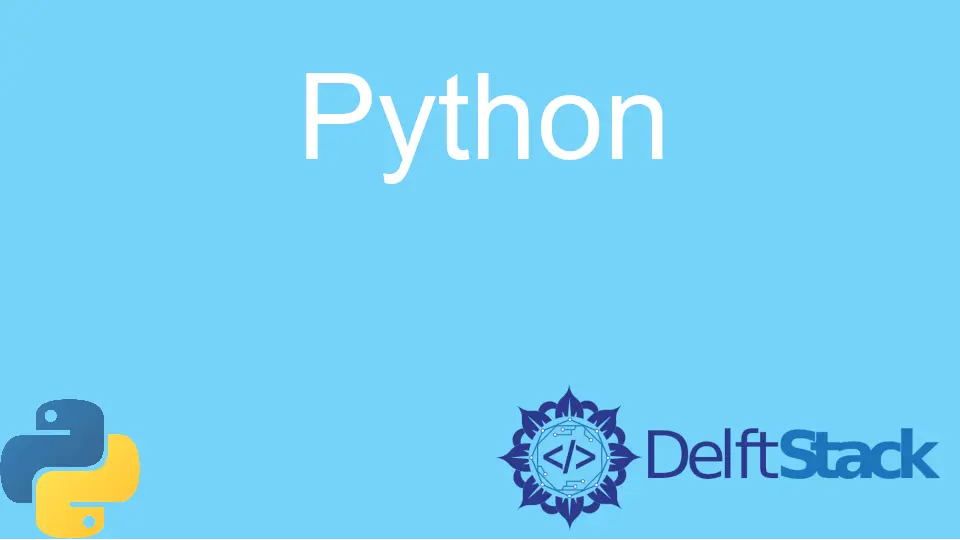How to Download Anaconda in Python

This article will introduce Anaconda and its different versions that we can download in Python.
Anaconda in Python
Anaconda is the source for science data in Python.
It is an organization of data scientists for many data-driven enterprises and open-source communities. It is an open-source for Python’s distribution podium.
It is also a user-friendly program that provides complete security to our data. It features many learning packages.
The installation speed of Anaconda is very fast. It runs and upgrades different packages and their dependencies.
As it is a user-friendly program, it provides ease to users by easily creating, saving, loading, and switching between environments on our computers. It was initially generated for Python programs, but now it can also package a lot of software for any language.
With the help of the Anaconda navigator, we can effortlessly manage our integrated applications, packages, and environments with no need to use the command line. It provides a cloud environment backup that securely collects our local environment in the cloud.
Anaconda Distribution furnishes people to search and install many of the Python/R packages effortlessly. It also offers access to a vast library of community content and support.
It is beneficial for educational and research purposes with different easy-to-use packages.
Download Anaconda in Python
There are three versions of Anaconda available to download.
- Anaconda, which is a free version.
- Miniconda, which is also a free version.
- Anaconda Enterprise, which is a paid version.
You can easily download Anaconda by clicking on this link.
We can choose from any of these options according to our preference. We can download them with legacy Python 2.7 or current Python 3.
We also have an option to download it with a version with GUI or a command-line installer. If we are confused between Anaconda and Miniconda, some features mentioned below will help us choose.
If our preferences are mentioned below, then Anaconda is suitable for us if we are unfamiliar with Conda or Python. We don’t prefer to install each package individually that we want to use.
Suppose we have ample time and disk space, i.e., a few minutes and 3 GB if we automatically install Python and more than 1,500 scientific packages.
Suppose we use a set of packages selected and examined for interoperability. We can select Miniconda if we have no issue installing every package to use separately.
Or we can choose Anaconda if we are short of time and don’t have enough disk space, desire fast access to Python and Conda commands, and want to organize other programs some other time.
Where versions are concerned, we should always select the latest versions available. Older versions are only suitable if we want them for testing or if we have precise needs in the case of choosing between GUI and command-line installer.
These both are valid for Windows, macOS, and Linux. You can choose a GUI installer if entering commands in the Windows terminal is not our preference.
Choose the command line version if usage of GUI draws our speed.
For Miniconda and Anaconda, SHA-256 checksums are present for easy access. MD5 verification is not endorsed because SHA-256 is more secured.
Rana is a computer science graduate passionate about helping people to build and diagnose scalable web application problems and problems developers face across the full-stack.
LinkedIn